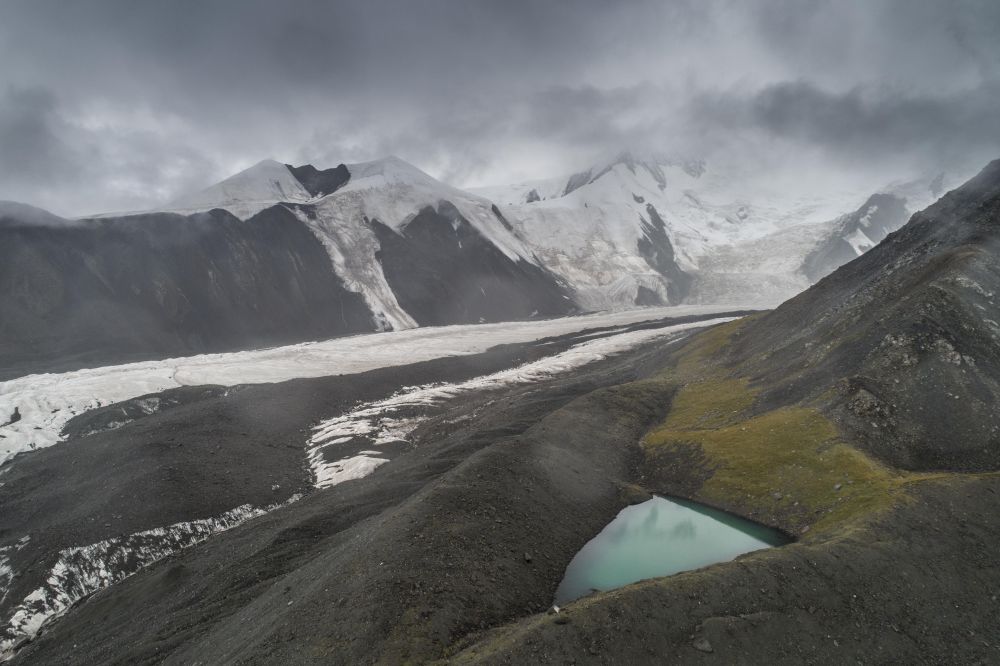New data shows China glacier melting at alarming rates
Satellite data, provided by Greenpeace East Asia, has found that the rate of glacier melt at key sites in Western China has increased dramatically in recent decades.

Satellite data, provided by Greenpeace East Asia, has found that the rate of glacier melt at key sites in Western China has increased dramatically in recent decades.
The satellite imagery shows the annual rate of retreat at Laohugou glacier has more than doubled in recent decades, increasing from an average of 5.56 metres/year from 1959 to 1976 to 13.1 metres /year from 2006 to 2018.
High Mountain Asia is one of the most climate-sensitive regions in the world. In some parts of western China, annual average temperatures have increased by 3 degrees Celsius or more since the early 1950s.
This news follows the shocking IPCC report that highlighted the importance of keeping global average temperature rise below 1.5 degrees Celsius.
Dr. Liu Junyan, Greenpeace East Asia Climate and Energy Campaigner, said: “This is a wake-up call for China and the world. Glaciers in China supply water to 1.8 billion people, and they’re melting, fast. In just the last few months, thousands of people have been evacuated from their homes due to threats of flooding. It is critical that we speed up the transition away from coal and other fossil fuels and keep global average temperatures at 1.5 degrees.”
The alarming rate of melting is important to the nation, it is contributing to seasonal water changes with flooding in the spring and water shortages in the summer. In the last four months alone, two severe glacier disasters have occurred in Western China.
Greenpeace have recommended improving long-term risk assessments and to urgently enhance China’s 2030 climate targets, including increasing the carbon intensity reduction target.
Photograph: Greenpeace
